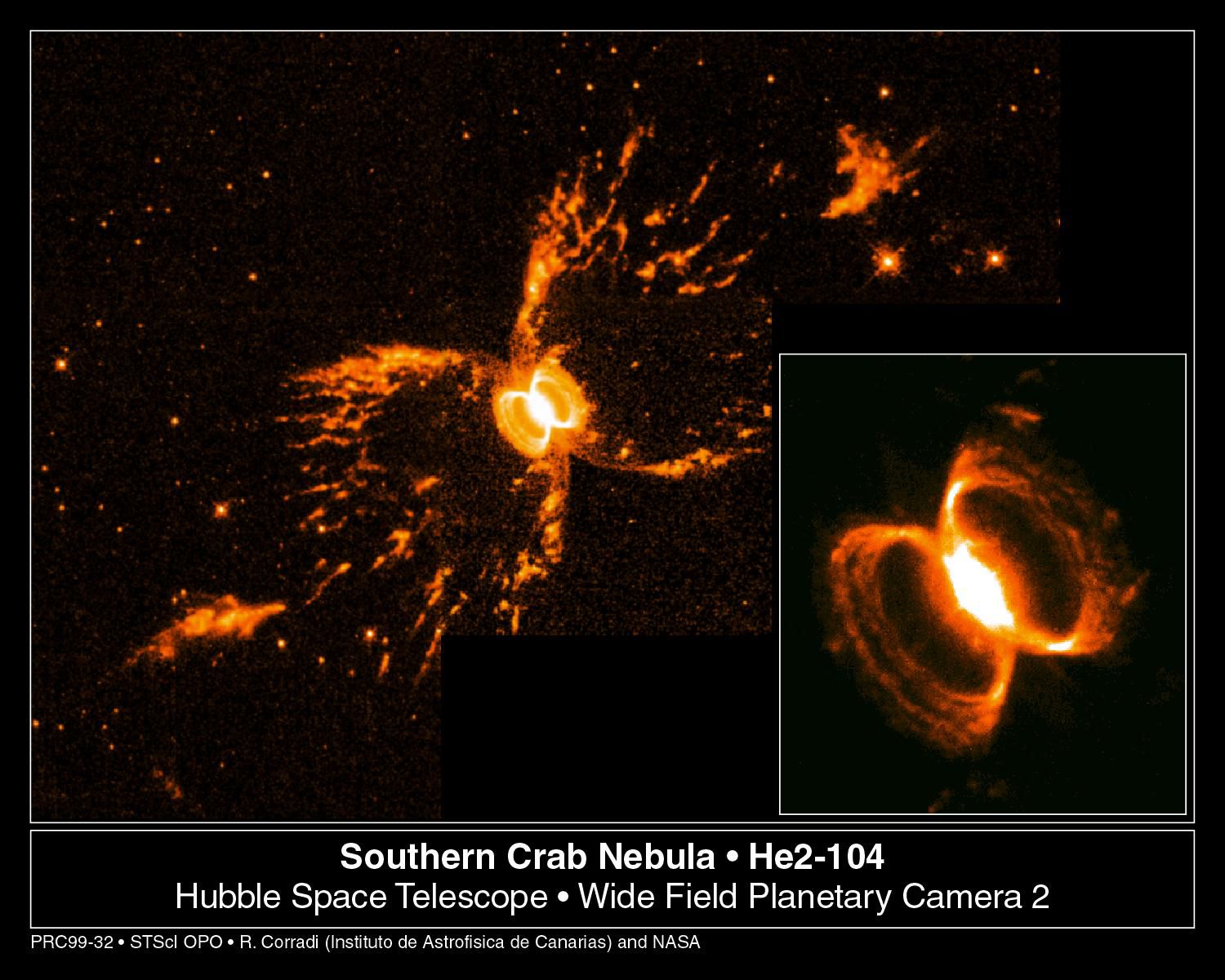-
 Boot
Boot
-
 Simazine
Simazine
-
 Collenchyma
Collenchyma
-
 Mica
Mica
-
 Radio data network
Radio data network
-
 Endoscopy
Endoscopy
-
 Magnaporthe grisea
Magnaporthe grisea
-
 Barebone computer
Barebone computer
-
 Stone man disease
Stone man disease
-
 Prostatectomy
Prostatectomy
-
 Digiscoping
Digiscoping
-
 Polygyny
Polygyny
-
 ASN. 1
ASN. 1
-
 Bone density
Bone density
-
 Red giant
Red giant
-
 Deciduous
Deciduous
-
 Saccharomyces cerevisiae
Saccharomyces cerevisiae
-
 Taproot
Taproot
-
 Internal fertilisation
Internal fertilisation
-
 Stigma
Stigma
-
 Anti-diarrhoeal agent
Anti-diarrhoeal agent
-
 Carbon
Carbon
-
 Orphan medicine
Orphan medicine
-
 Kademlia
Kademlia
-
 Protease
Protease
-
 Caecum
Caecum
-
 Entomology
Entomology
-
 Connectivity
Connectivity
-
 Jet Propulsion Laboratory
Jet Propulsion Laboratory
-
 Aerocapture
Aerocapture
Symbiotic star
Symbiotic stars are binary systems composed of an ordinary red giant (usually of type M and sometimes types G or K) or a Mira, and a hotter star (usually a white dwarf, but sometimes also a massive star on the main sequence, or even a neutron star).
Properties of symbiotic stars
Because of the transfer of matter from the first to the second component caused by the stellar wind, there can be periodic explosions similar to those of novae. Most symbiotic stars have orbital periods of a few years, but some complete their orbits in several decades.
Activity of symbiotic star

Diagrams showing the activity of a symbiotic star such as Hen2-104. © NASA
- A pulsing red giant and a hot compact white dwarf orbiting around each other;
- The red giant ejects its upper layers in the form of stellar wind. The white dwarf captures the wind and concentrates it along the equatorial plane. It accretes part of it, forming a disk;
- When enough gas has accumulated, an explosion occurs similar to that of a nova (but it is not a supernova). The hot gas produced by the explosion then forms two expanding bubbles on either side of the equatorial plane;
- A few hundred years later, the same phenomenon is repeated with the formation of another pair of bubbles. The net result is an egg timer shape.
The most well known of these stars are Z Andromedae, R Aquarii and CH Cygni.
 The large image of the Southern Crab nebula, He2-104, in Centaurus was taken from the ground. This nebula is several light-years across. Inset is an image of the central region taken by Hubble. © Romano Corradi, Instituto de Astrofisica de Canarias, Tenerife, Spain/Mario Livio, Space Telescope Science Institute, Baltimore, Md./Ulisse Munari, Osservatorio Astronomico di Padova-Asiago, Italy/Hugo Schwarz, Nordic Optical Telescope, Canarias, Spain/Nasa
The large image of the Southern Crab nebula, He2-104, in Centaurus was taken from the ground. This nebula is several light-years across. Inset is an image of the central region taken by Hubble. © Romano Corradi, Instituto de Astrofisica de Canarias, Tenerife, Spain/Mario Livio, Space Telescope Science Institute, Baltimore, Md./Ulisse Munari, Osservatorio Astronomico di Padova-Asiago, Italy/Hugo Schwarz, Nordic Optical Telescope, Canarias, Spain/Nasa
Latest
Fill out my online form.



